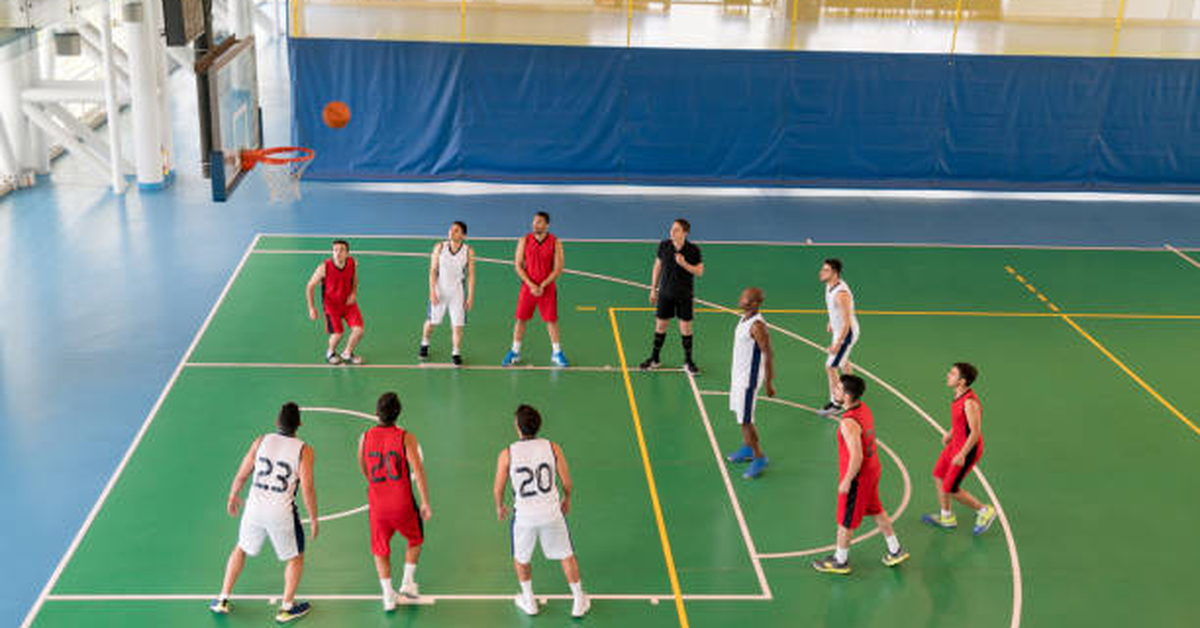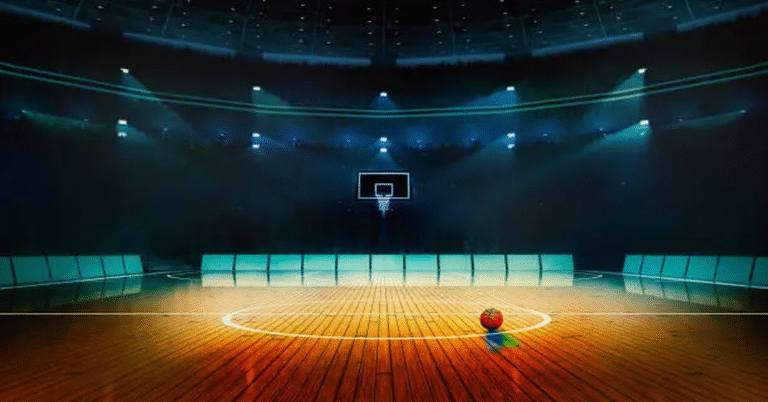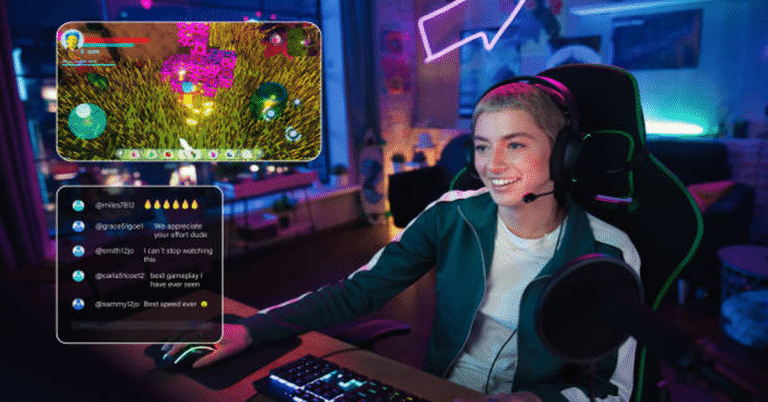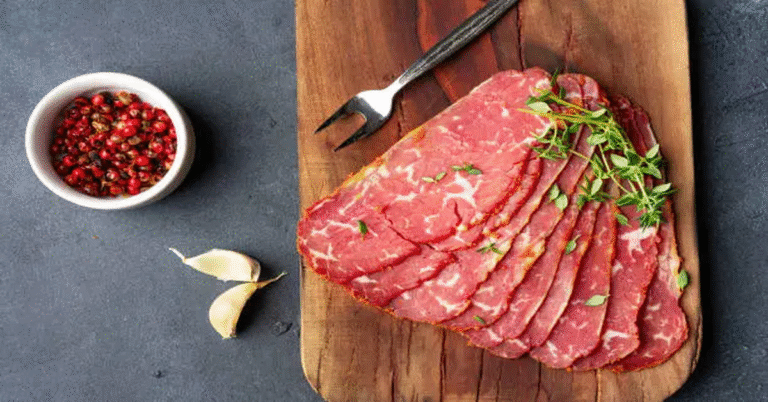
Basketball is one of the world’s most dynamic and fast-paced sports, attracting millions of players and fans across different countries. At its heart, the game thrives on coordination, tactics, and the unique contributions of each individual player on the court. To maximize efficiency, every team relies on specific basketball positions, each with defined responsibilities, expected skill sets, and tactical influence.
While basketball might look like a free-flowing game where players move everywhere, each position exists to provide structure and balance. The five standard positions—point guard, shooting guard, small forward, power forward, and center—form the foundation of team play. Each role requires a blend of physical attributes, technical ability, and mental discipline.
This article explores basketball positions in comprehensive detail. We will examine their roles, skills, evolution, and how they work together to create winning strategies.
The Five Standard Basketball Positions
In a traditional setup, basketball teams field five positions:
- Point Guard (PG) – Often called the “floor general.”
- Shooting Guard (SG) – The team’s primary scoring weapon.
- Small Forward (SF) – Versatile and adaptable on both ends.
- Power Forward (PF) – Strong, physical, and dominant inside.
- Center (C) – The tallest player, protector of the paint.
Point Guard (PG): The Floor General
Basketball Positions the point guard is often described as the brain of the team. They bring the ball up the court, organize offensive plays, and ensure teammates are positioned correctly.
Core Responsibilities
- Initiate offensive plays and set tempo.
- Control ball distribution with precise passing.
- Read defenses and adapt strategy in real-time.
- Defend opposing guards and disrupt their flow.
Key Skills
- Ball Handling: Mastery of dribbling under pressure.
- Court Vision: Ability to anticipate teammates’ movements.
- Leadership: Guiding teammates on and off the court.
- Perimeter Defense: Quick footwork to stop opposing guards.
Example Player Archetype
Players like Chris Paul or Magic Johnson embody the classic point guard role—leaders who orchestrate offense while being threats themselves.
Shooting Guard (SG): The Scoring Machine
Basketball Positions shooting guard is primarily tasked with putting points on the board. They excel in long-range shooting but also drive to the basket.
Core Responsibilities
- Score from inside and beyond the arc.
- Support the point guard with secondary ball-handling.
- Stretch the floor to create spacing.
- Provide defensive pressure against opposing wings.
Key Skills
- Shooting Accuracy: Consistency from midrange and three-point lines.
- Off-Ball Movement: Ability to find open space.
- Athleticism: Quick drives and strong finishes.
- Defensive Hustle: Guarding opponents effectively.
Example Player Archetype
Legends like Michael Jordan and Kobe Bryant exemplify the ideal shooting guard—elite scorers capable of dominating games single-handedly.
Small Forward (SF): The All-Rounder
Basketball Positions small forward is arguably the most versatile position. They adapt to both offensive and defensive needs, filling gaps as required.
Core Responsibilities
- Attack from the perimeter or drive inside.
- Defend multiple positions due to size and agility.
- Rebound effectively on both ends.
- Provide secondary playmaking when needed.
Key Skills
- Versatility: Balanced ability to score, rebound, and defend.
- Strength and Agility: Guarding players across positions.
- Transition Play: Excelling in fast-break scenarios.
- Basketball IQ: Adapting to changing strategies mid-game.
Example Player Archetype
Players like LeBron James and Larry Bird demonstrate how impactful small forwards can be—capable of leading teams in points, rebounds, and assists.
Power Forward (PF): The Enforcer
Traditionally, power forwards are physical players who dominate inside the paint, but modern basketball has stretched their role.
Core Responsibilities
- Secure rebounds and second-chance points.
- Defend against opposing big men.
- Provide interior scoring.
- Stretch defenses with midrange or three-point shooting (modern PFs).
Key Skills
- Physical Strength: Battling inside the paint.
- Rebounding: Both offensive and defensive boards.
- Inside Scoring: Post moves, dunks, and layups.
- Versatility: Some PFs now play like guards on offense.
Example Player Archetype
Tim Duncan represents the traditional PF, excelling in fundamentals and defense, while modern stars like Giannis Antetokounmpo showcase versatility, blending inside dominance with ball-handling.
Center (C): The Paint Protector
Centers are usually the tallest players, anchoring both defense and offense inside the paint.
Core Responsibilities
- Protect the rim with shot-blocking.
- Dominate rebounds.
- Score through post play and put-backs.
- Set screens to free up shooters.
Key Skills
- Height and Strength: Essential for rim protection.
- Shot Blocking: Disrupting opponents near the basket.
- Rebounding: Controlling possession.
- Post Moves: Scoring with back-to-basket techniques.
Example Player Archetype
Players like Shaquille O’Neal or Kareem Abdul-Jabbar epitomize the dominance of centers, while modern examples like Nikola Jokić bring playmaking into the mix.
Positional Comparison
Table: Overview of Basketball Positions
| Position | Main Role | Physical Traits Needed | Example Players |
|---|---|---|---|
| Point Guard | Playmaker, organizer | Quickness, vision | Chris Paul, Magic Johnson |
| Shooting Guard | Scoring specialist | Accuracy, agility | Michael Jordan, Kobe Bryant |
| Small Forward | Versatile all-rounder | Strength, adaptability | LeBron James, Larry Bird |
| Power Forward | Inside enforcer | Strength, rebounding | Tim Duncan, Giannis A. |
| Center | Paint protector | Height, strength | Shaquille O’Neal, Jokić |
Evolution of Basketball Positions
Over decades, basketball has shifted from rigid roles to fluid, positionless play.
- 1950s–1970s: Traditional roles dominated; big men ruled the paint.
- 1980s–1990s: Guards became more athletic; shooting guards like Jordan set new scoring standards.
- 2000s–2010s: Small forwards like LeBron redefined versatility; stretch power forwards added shooting.
- Modern Era: Centers like Jokić and Embiid now act as playmakers; guards are taller, and forwards shoot threes.
This evolution demonstrates basketball’s flexibility and constant innovation.
Skills Needed Across All Positions
While each role emphasizes specific attributes, certain skills are universal:
- Teamwork – Success relies on coordination and trust.
- Communication – Players must talk on defense and offense.
- Basketball IQ – Reading plays and reacting intelligently.
- Conditioning – High stamina to handle fast-paced action.
Specialized Variations of Positions
Modern basketball introduced subcategories:
- Combo Guards – Players who can act as both point and shooting guards.
- Stretch Forwards – Power forwards who shoot three-pointers effectively.
- Two-Way Forwards – Small forwards who excel at both scoring and defending.
- Playmaking Centers – Big men with passing skills.
Table: Modern Role Variations
| Variation | Primary Benefit | Example Player |
|---|---|---|
| Combo Guard | Offensive flexibility | Damian Lillard |
| Stretch Forward | Floor spacing with shooting ability | Dirk Nowitzki |
| Two-Way Forward | Balanced offense and defense | Kawhi Leonard |
| Playmaking Center | Adds creativity to big man’s role | Nikola Jokić |
Team Strategy and Positions
Every coach designs strategies by leveraging positions:
- Pick-and-Roll – Point guard uses center’s screen to create scoring options.
- Iso Plays – Shooting guard or small forward isolates for one-on-one scoring.
- Post-Ups – Centers dominate smaller defenders inside.
- Stretch Lineups – Power forwards who shoot threes spread the floor.
- Small Ball – Replacing a traditional center with a quicker forward.
These strategies highlight how positions interconnect to form tactical advantages.
Conclusion
Basketball positions represent the architecture of the game. While point guards control pace, shooting guards provide scoring, small forwards bring versatility, power forwards add strength, and centers protect the paint. Together, they form a balanced system that allows creativity, athleticism, and teamwork to shine.
Basketball Positions over time, positions have evolved, adapting to faster, more versatile play. Today’s basketball often blurs these lines, emphasizing adaptability, shooting, and multi-role players. Yet, the five-position framework remains central to understanding strategy, teaching fundamentals, and appreciating the brilliance of basketball as both a sport and an art.
FAQs
1. What are the five main basketball positions?
The standard positions are point guard, shooting guard, small forward, power forward, and center.
2. Which basketball position is the most important?
All positions matter, but the point guard often has the most influence by controlling plays and pace.
3. How have basketball positions evolved?
Traditional roles have expanded into versatile, positionless play, with forwards and centers now shooting and passing.
4. What is a stretch forward?
A power forward who extends their game beyond the paint by shooting midrange jumpers and three-pointers effectively.
5. Can a player switch positions during a game?
Basketball Positions Yes, many players are versatile and switch roles depending on strategy, matchups, or specific plays.







